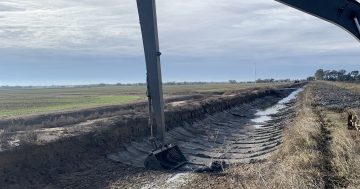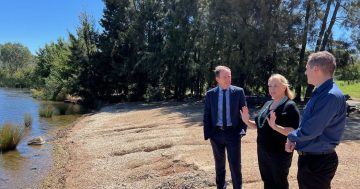 A new dedicated office to support better water management in the Territory is to be established by the ACT Government.
A new dedicated office to support better water management in the Territory is to be established by the ACT Government.
Announcing the Office for Water, Chief Minister Andrew Barr said its establishment would bring together areas of Government that were involved in water management, and provide a central point for coordination.
“It will contribute to improved wellbeing in the domains of environment and climate, and governance and institutions,” Mr Barr said.
“Coordinating all water elements across ACT Government, from policy to implementation, will simplify and enhance our approach to water-related issues,” he said.
“The new Office for Water will deliver on initiatives to improve access to and understanding of water information and advance the interests and contributions of the Ngunnawal community.”
Minister for Water, Shane Rattenbury said the Office would provide a central coordination point for water issues to help improve strategic planning, waterway and catchment management, and water sensitive urban design outcomes across the city.
“The Office for Water will help to deliver a holistic, coordinated and community-focused approach to water issues,” Mr Rattenbury said.
“This will be increasingly important as we respond to climate change, urban development and population growth into the future.”
Mr Barr said that in addition to the Office for Water, Government was working with Icon Water to replace the non-potable water pipeline in Uriarra Village to provide long-term water security for the community.
The Chief Minister said this would provide major benefits to the Uriarra community and increase water supply for firefighting – with the majority of the pipeline being built along fire trails from the Cotter precinct.
“To further improve on protections to flood disaster, the ACT Government will also undertake flood inundation modelling over the next two years for higher risk parts of the Molonglo and Queanbeyan Rivers,” he said.
“This will improve our preparedness and response to flooding events, increasing climate change resilience and assist emergency services in allocating resources in the event of significant rainfall.”











